I picked up this Mauser several years ago when a young man came wandering through a gun show with it over his shoulder. It had been bubba'ed up so badly that I got it for practically nothing, not that it would have been worth much even without the cheesy white diamond inlays and other 'adornments'. What attracted me to it was the feel of the gun. It feels and handles perfectly for me and I figured it would be a good hunting rifle.....and it has been!
I suppose it was a 'cigarette rifle' produced after the war for trade to occupying soldiers for cigarettes or food. The young man knew nothing of its origin or history. It has a small ring M98 action and practically no marking at all, including the lack of a serial number. There are a few strikes on the underside of the action, a #2 on the side of the set trigger assembly and a #4 on the side of the trigger parts attached to the action. A circle 'Z' (I think) is visible on the bolt handle root. That is it!
It is an 8X57. The barrel is 23.5". The double set trigger doesn't fit well within the trigger guard (front trigger too close to the front of the guard) and the floorplate has no engraving like the rest of the bottom metal. I installed a side swing safety. As said earlier, the thing handles beautifully. Scoped, it weighs less than 7.5 Lbs. The fore end is a splinter style and the bbl is as slim as can be. I'm unsure if it is a copy of a particular style of Mauser sporter like my Kohle rifle, or is a blend of German/European styles. That is one thing I'd appreciate some comment on. Any other speculation on origin, make, appurtenances, etc., would be greatly appreciated as well.
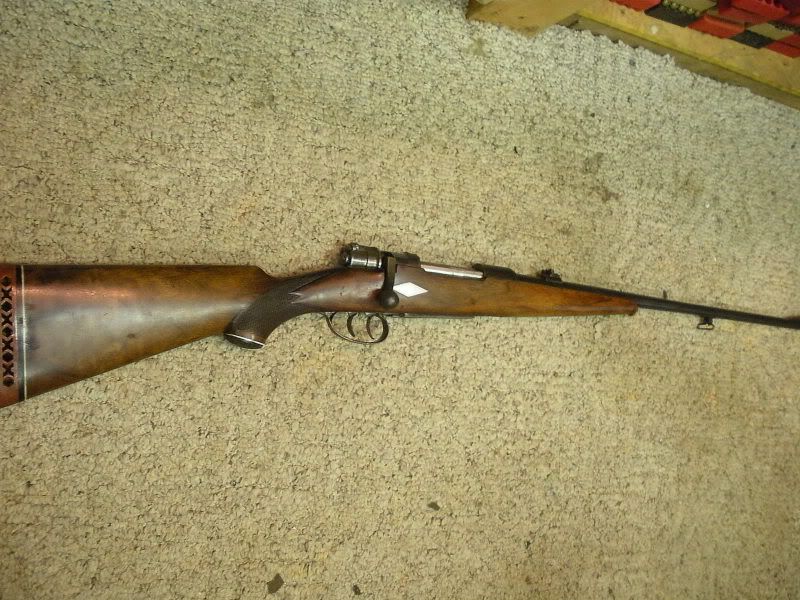

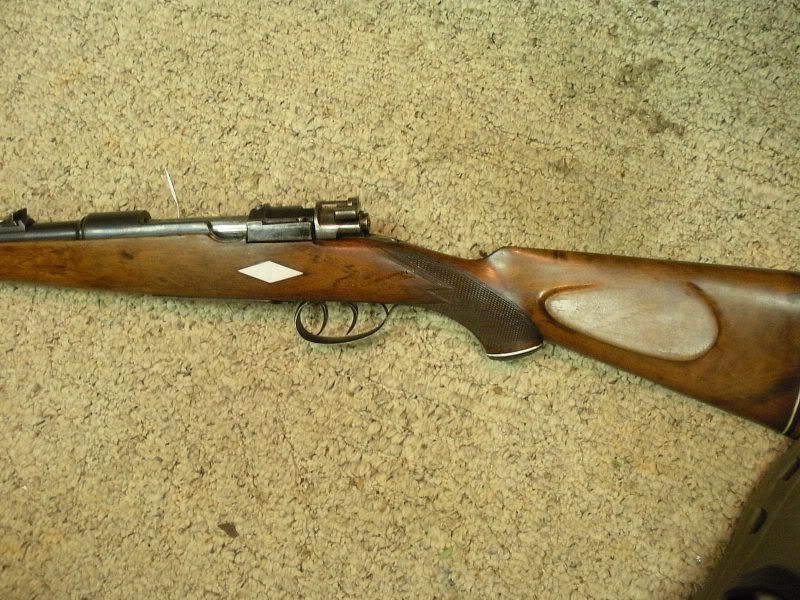
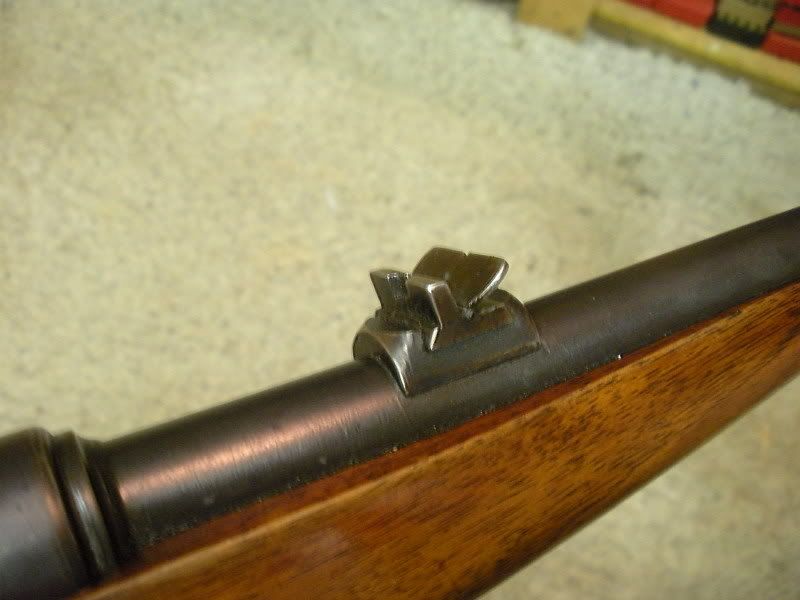
I suppose it was a 'cigarette rifle' produced after the war for trade to occupying soldiers for cigarettes or food. The young man knew nothing of its origin or history. It has a small ring M98 action and practically no marking at all, including the lack of a serial number. There are a few strikes on the underside of the action, a #2 on the side of the set trigger assembly and a #4 on the side of the trigger parts attached to the action. A circle 'Z' (I think) is visible on the bolt handle root. That is it!
It is an 8X57. The barrel is 23.5". The double set trigger doesn't fit well within the trigger guard (front trigger too close to the front of the guard) and the floorplate has no engraving like the rest of the bottom metal. I installed a side swing safety. As said earlier, the thing handles beautifully. Scoped, it weighs less than 7.5 Lbs. The fore end is a splinter style and the bbl is as slim as can be. I'm unsure if it is a copy of a particular style of Mauser sporter like my Kohle rifle, or is a blend of German/European styles. That is one thing I'd appreciate some comment on. Any other speculation on origin, make, appurtenances, etc., would be greatly appreciated as well.





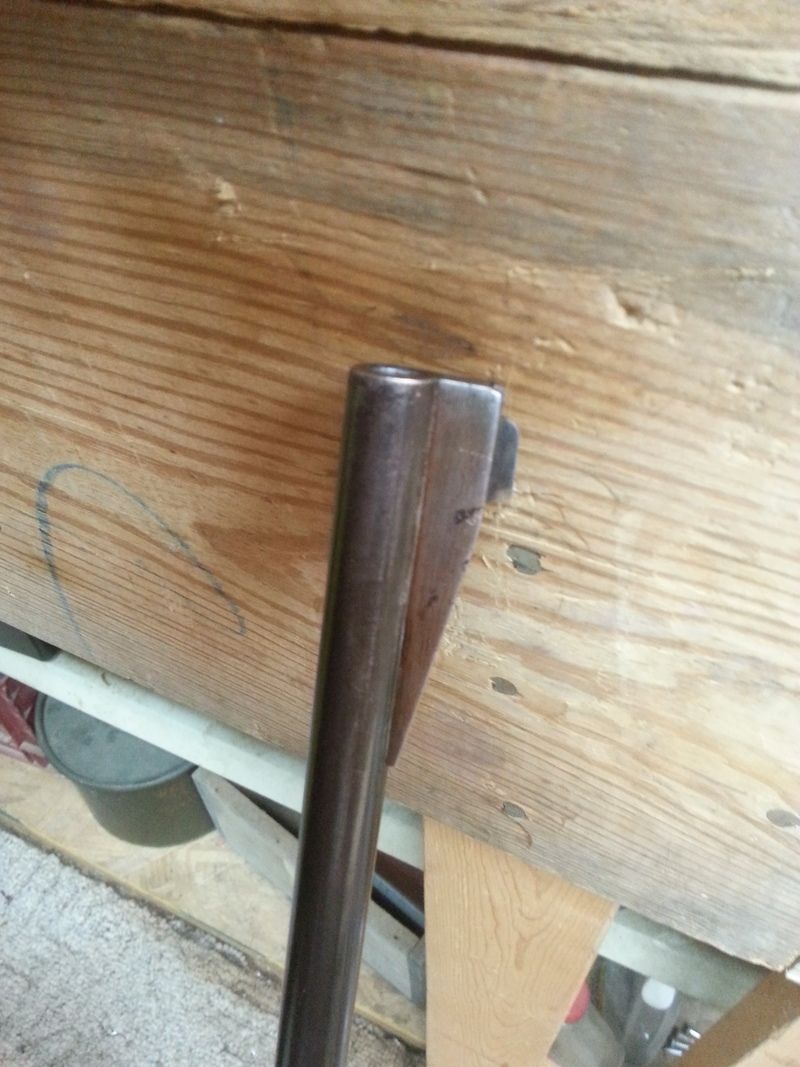
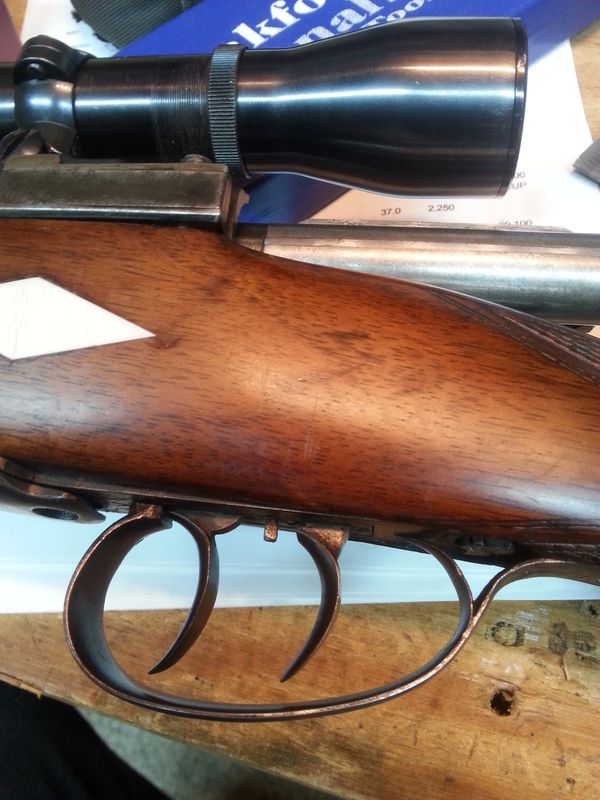
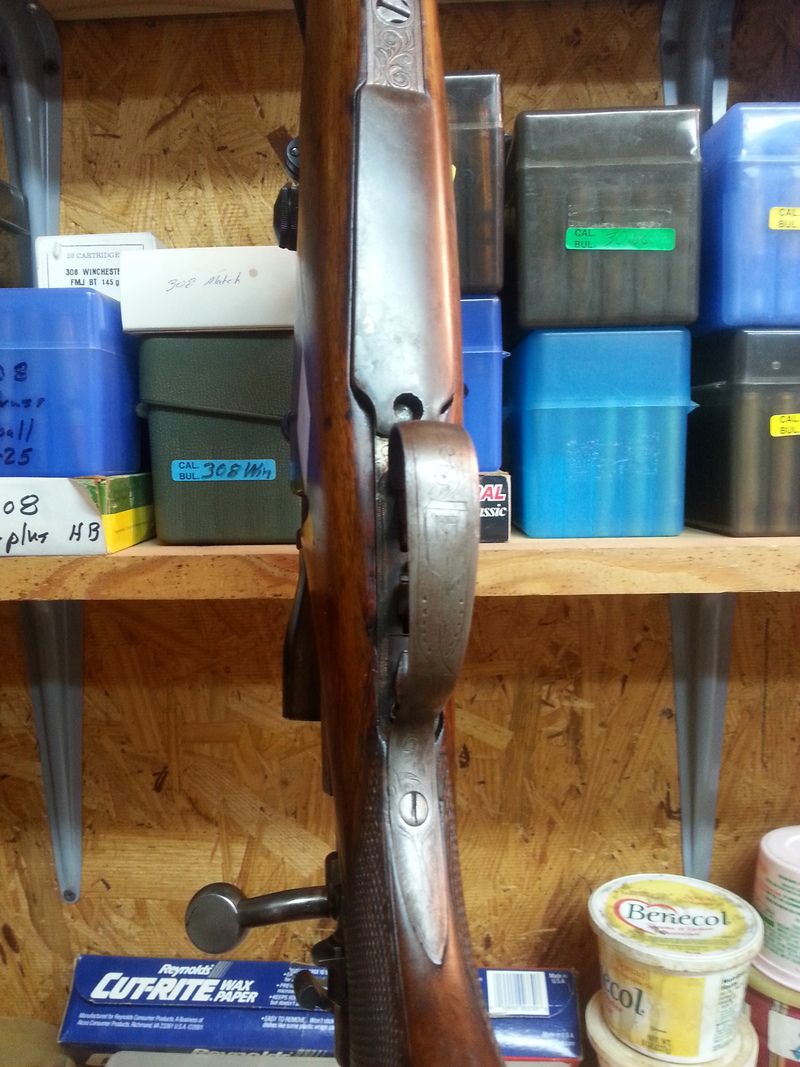
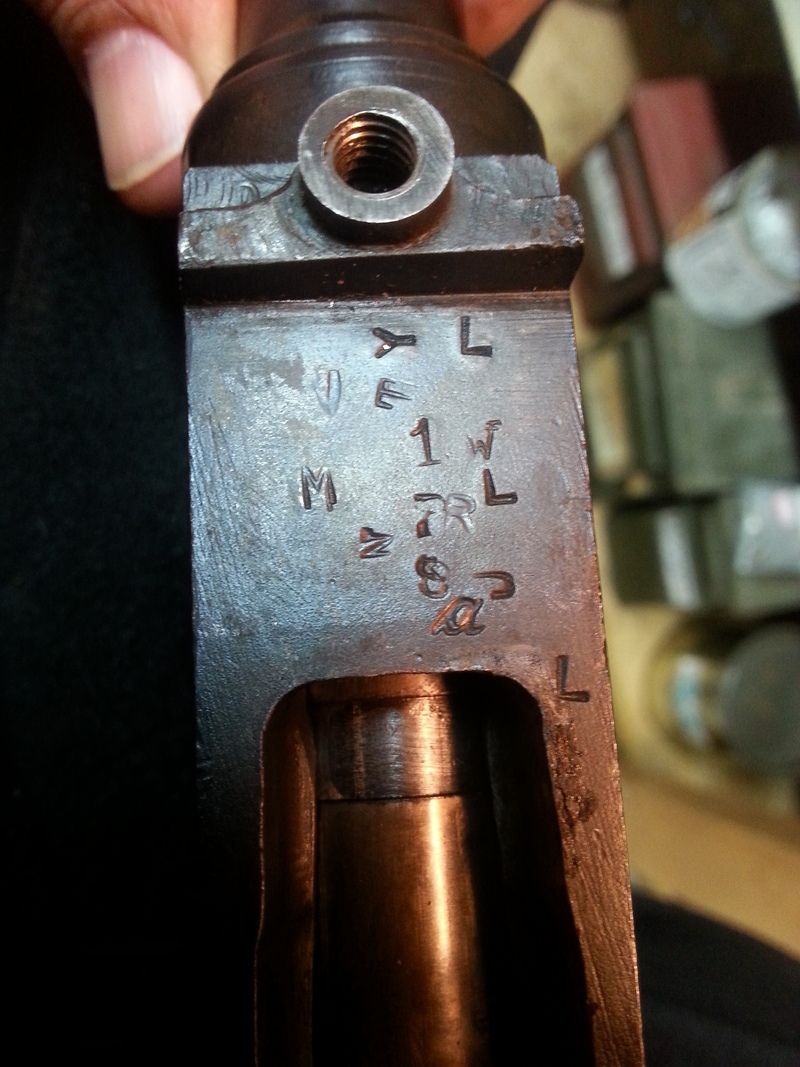
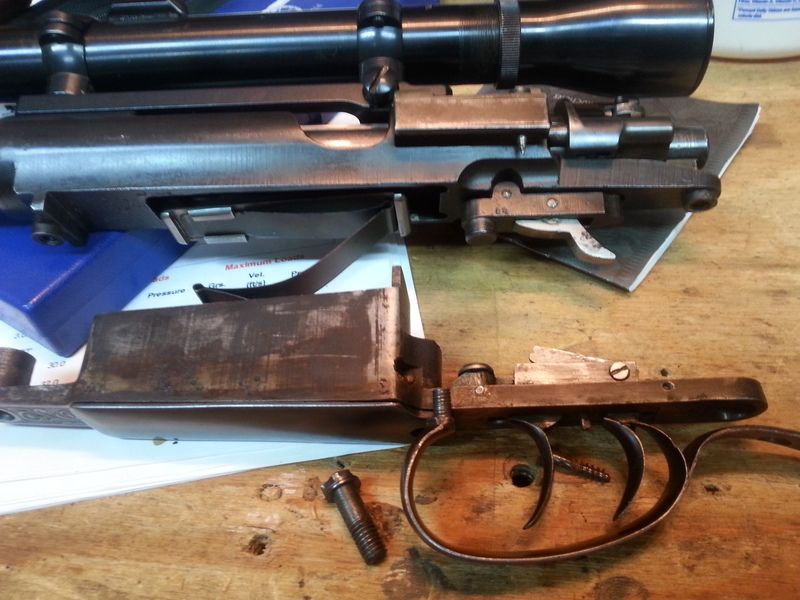
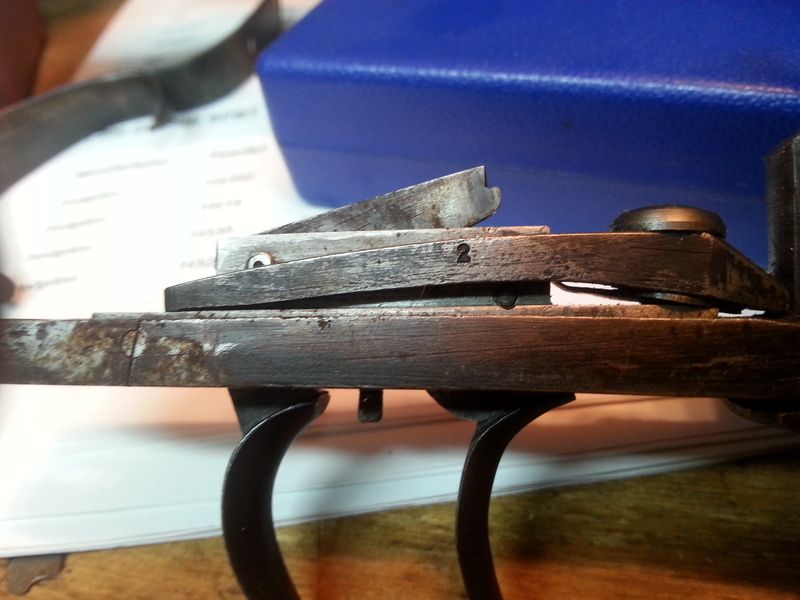

Comment